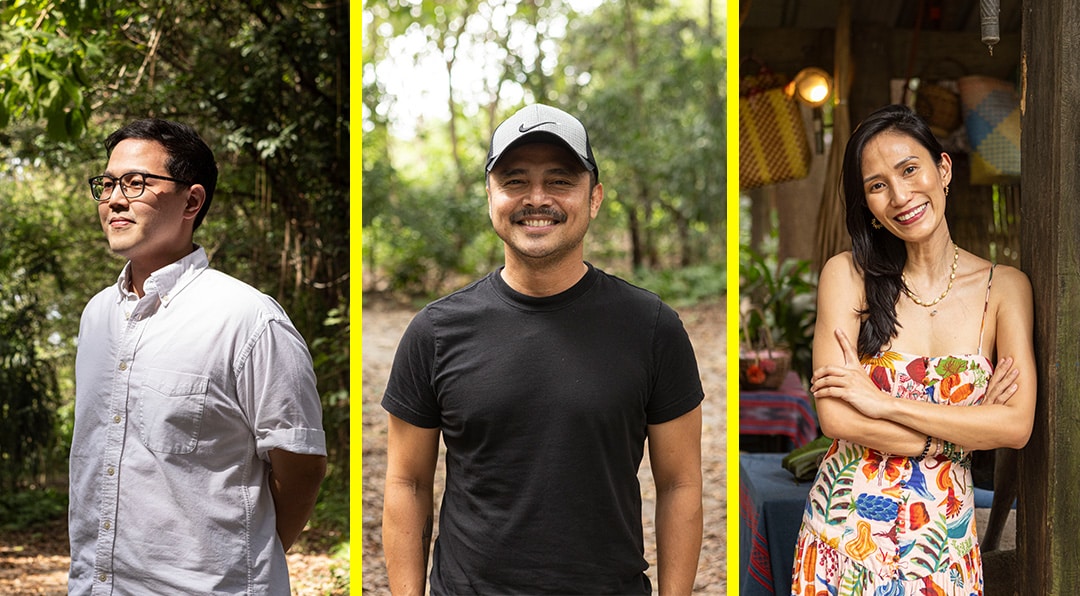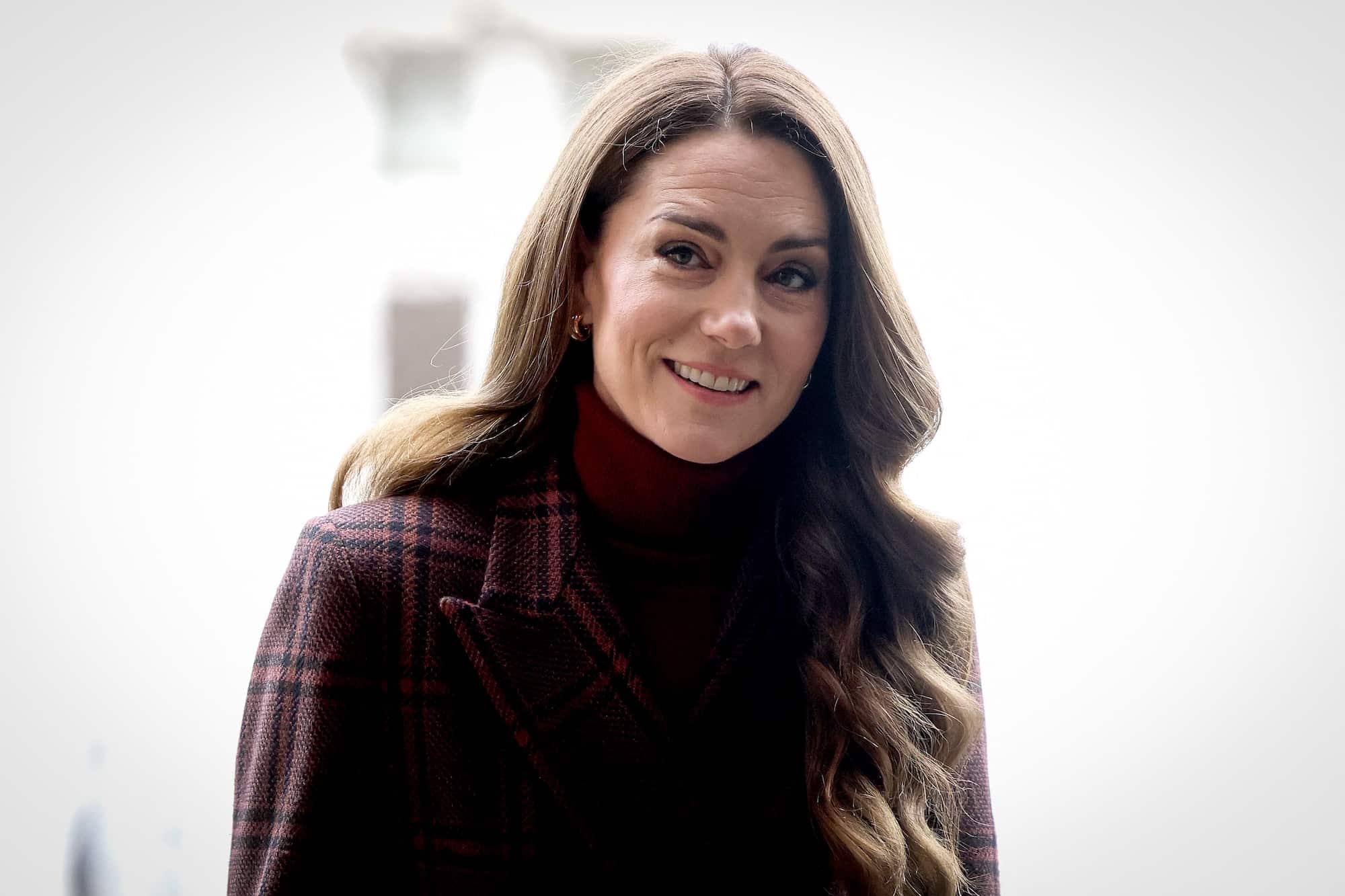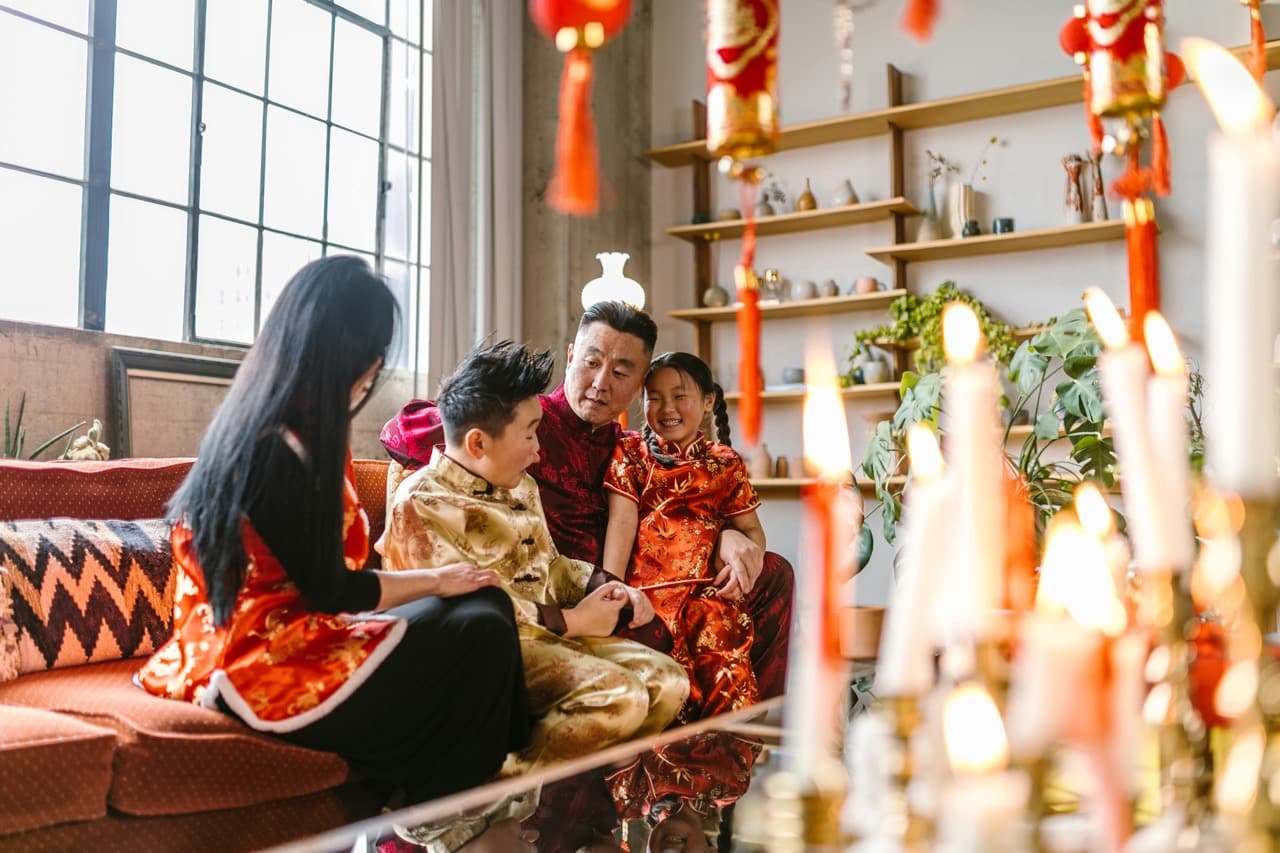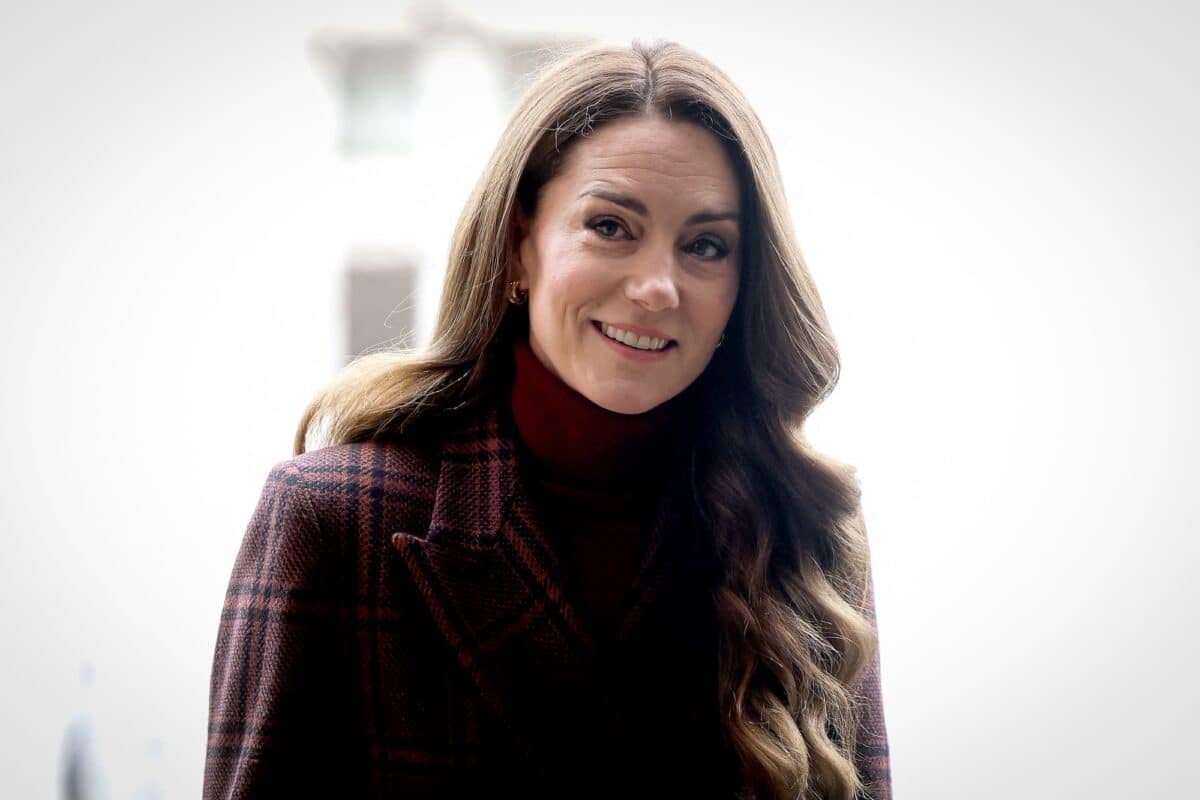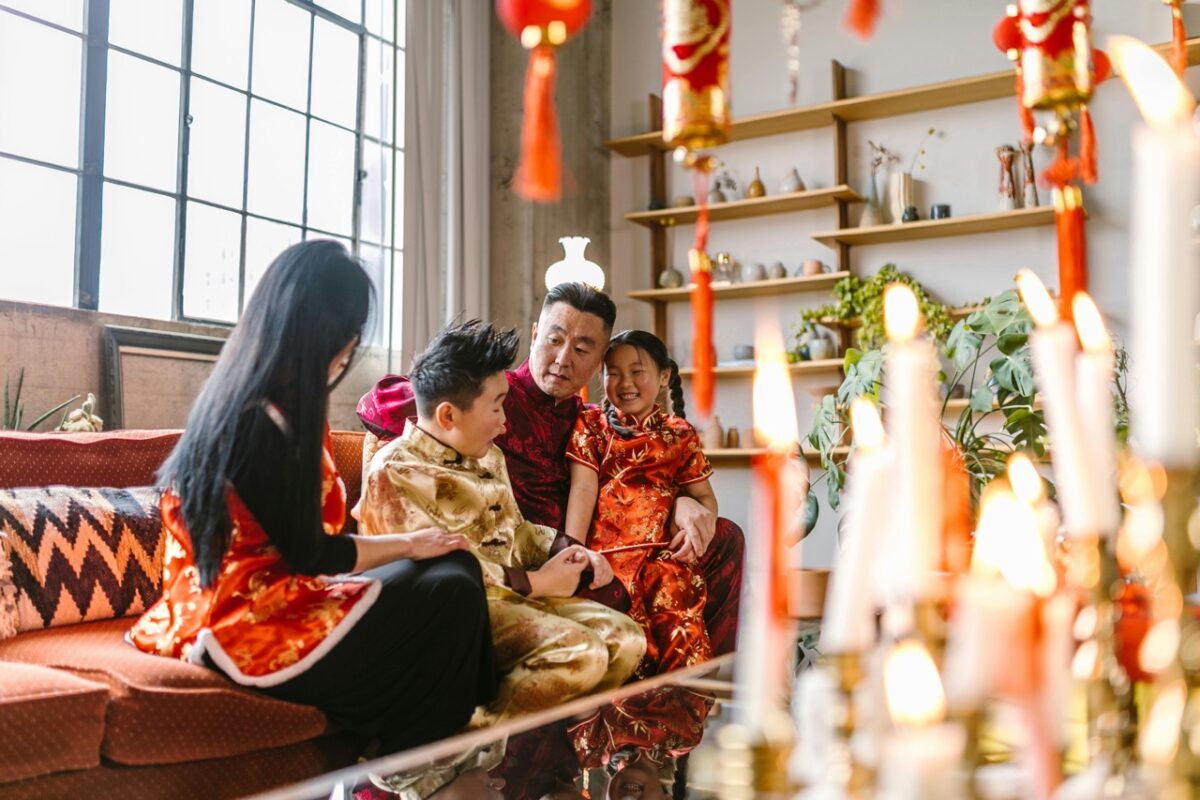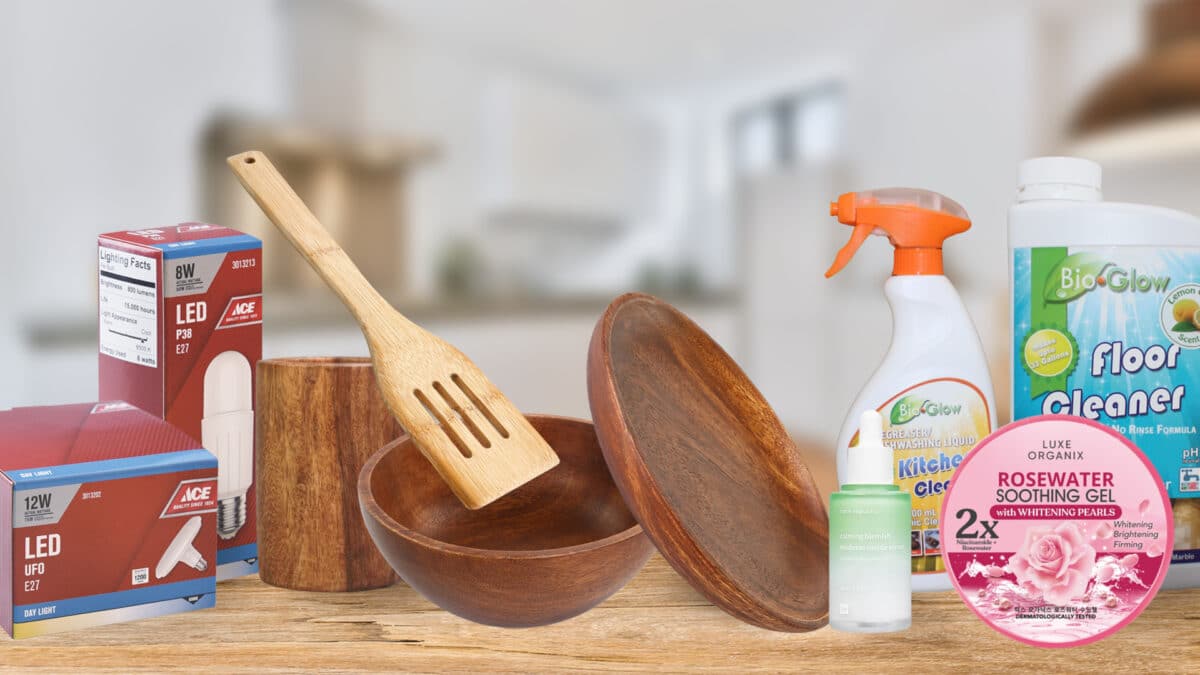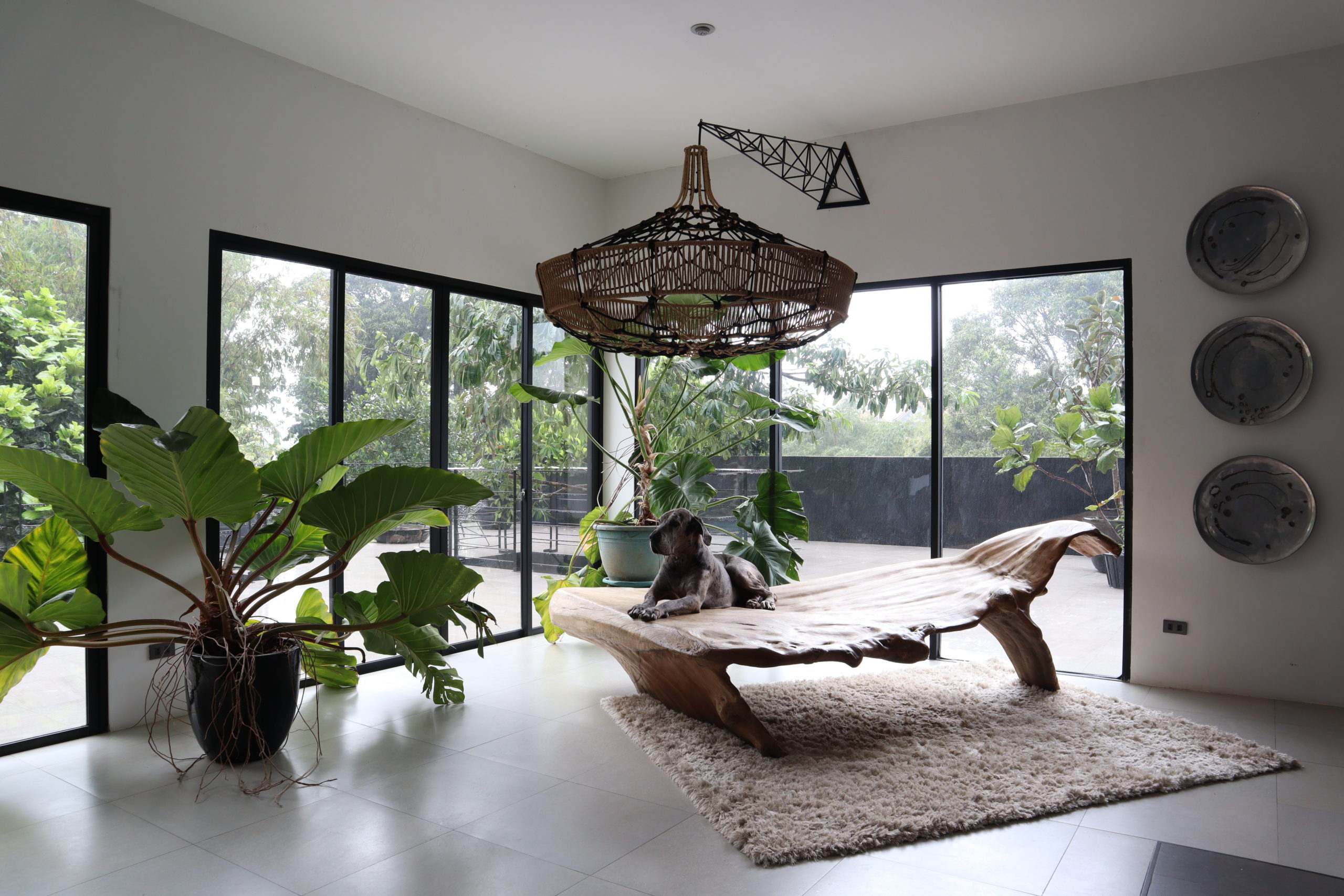
Seven years ago, sculptor Jinggoy Buensuceso and his wife Mutya Laxa made a milestone by building the country’s first black house in Alfonso, Cavite.
To paint the house black was considered taboo as this noncolor suggested gloom or soullessness. But for the Buensucesos, black evoked simplicity, sophistication and infinity.
“I’m a nonconformist. If they say that white stands for positivity, I challenge that notion. I believe that black is for infinite possibilities,” says Jinggoy.
He usually compares the Black House to a giant meteor that fell from the heavens and became part of the landscape where vegetation started to grow. At the Black House, the connection of the organic—replete with forests and animals—to concrete makes for an arresting visual.
Brutalist
The artist favors Brutalist architecture, the term derived from the French Béton Brut, or raw concrete. He finds the material honest, down-to-earth, democratic, and it roots structures in their place.
“I like Brutalist because what you see is what you get,” he says.
The Brutalist style emphasizes material—the visual strength of concrete enhanced with platada finish. Platada is the local term for a surface treatment that has a tactile, sandpaper quality.
At noontime, shadows leave a powerful effect when they fall across the textured background.
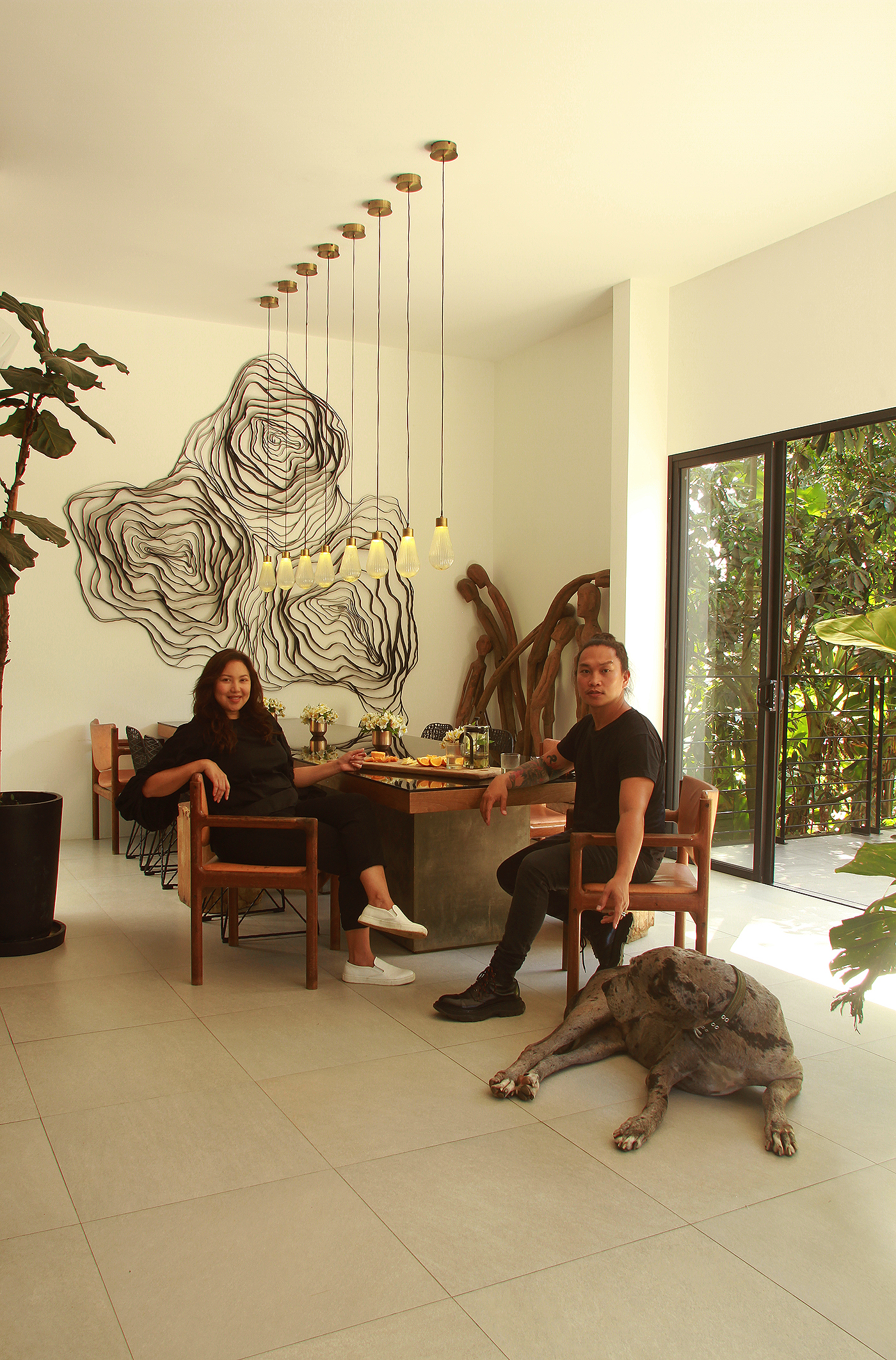
The Buensucesos worked with architect Rey Ilagan who has been known for designing compelling white houses.
“We needed an architect who could determine the flow of spaces. This was his first black house. Other architects have since been doing similar houses,” says Jinggoy.
Unlike conventional Brutalist structures that highlight mass or large concrete shapes, the Black House consists of three intimate-sized boxes, devoted to the bedrooms, the dining and living room and the entertainment area. These structures are connected by an open bridgeway, making it exciting to move through the Black House. This layout draws attention to the landscape.
Upon entry, the visitor catches only a view of a small part of the house, partially hidden by vegetation. The living and dining area then reveals a sequence of cleverly defined vistas. The spaces are blessed with abundant light, attributed to the ample glass and open floor plans.
Collaborative
The sloping topography, covered with abundant foliage, defines the layout of the place. The couple’s workshops are on the ground floor, down a steep descent, while the residential spaces seem to float above the terrain.
Mutya, whom many know as a beauty queen but who actually spent many years in corporate brand and marketing and who headed a beauty retail firm, has her Spinkie, her soft furnishing line for children.
Jinggoy is an in-demand sculptor whose atelier in this Black House is surrounded by trees. Decorating the house was collaborative work of the couple.
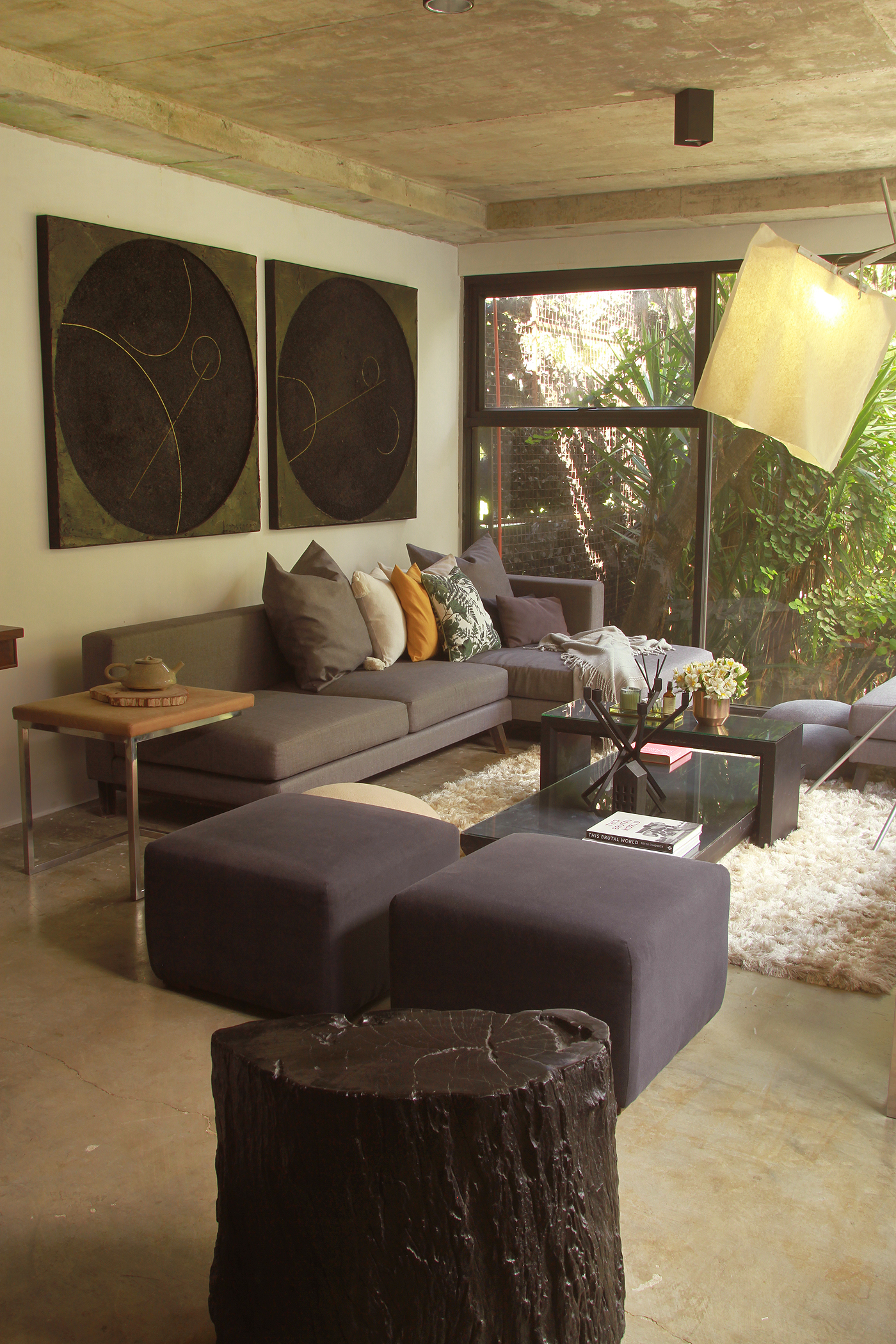
While the Black House serves like a mini gallery of Jinggoy’s reliefs and sculptures, Mutya designed the modular sofas and added the soft furnishing. Organic materials are used to bring nature indoors, such as a dao root for a seater; a lighting fixture using abaca rope used to tie carabaos sold in Alfonso’s market; a dining table made from a felled tree trunk and ornamental plants such as the melaloni and the gigantea.
Their children, Mayumi and Malaya, have made the Black House their playhouse.
“There are cushions in the anteroom, mats and rugs for them. Many open spaces lend to setting up their houses made of textiles. They wrap a little table with a sarong and make it a safe place where they can play or read,” says Mutya. In the recent Taal Volcano eruption, Alfonso was spared of the ashfall. “We gathered only three boxes of dust,” says Jinggoy. “To show gratitude, we served the evacuees.” —CONTRIBUTED INQ




